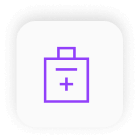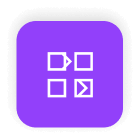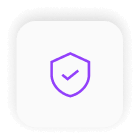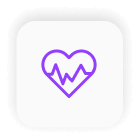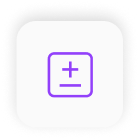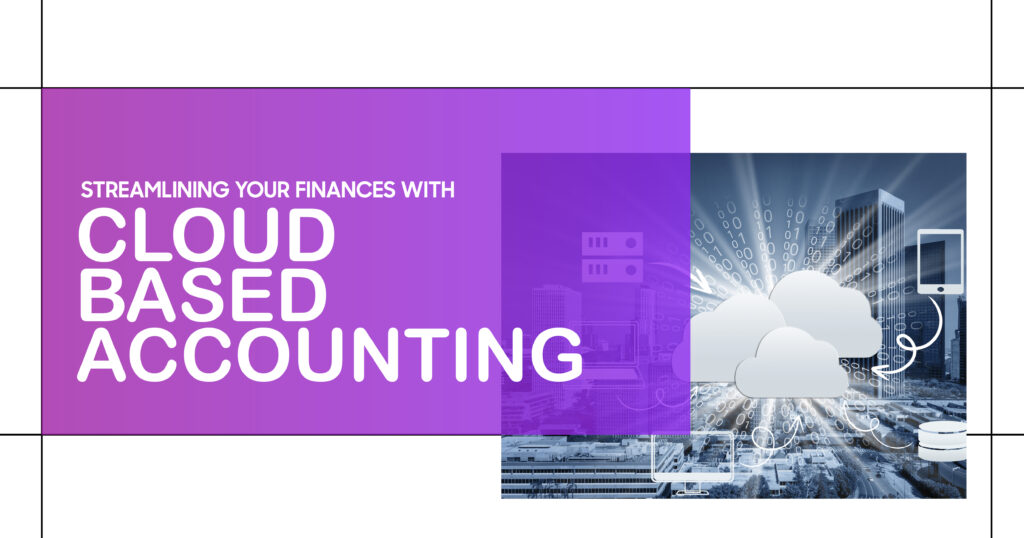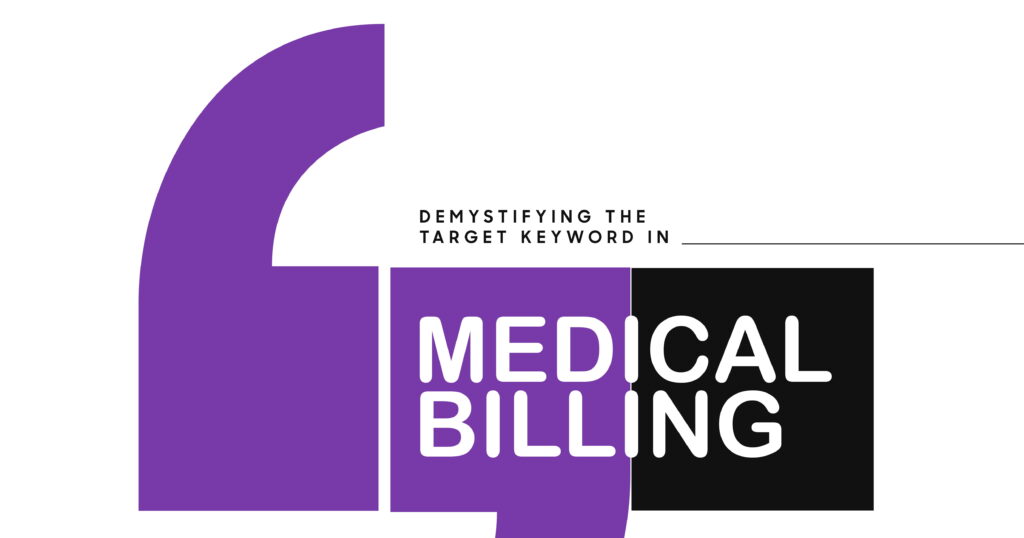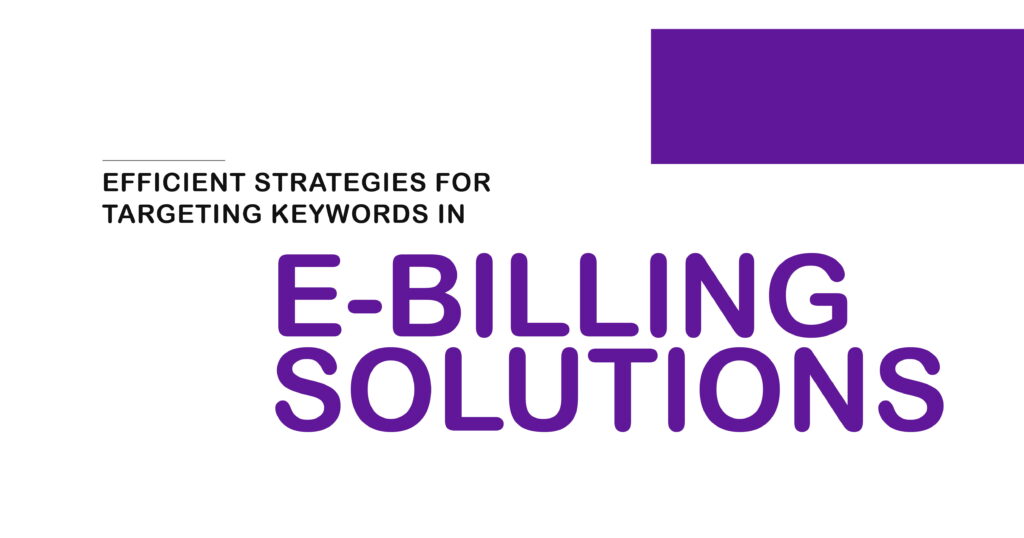In the whirlwind of modern business, the finance stack has to be fast, transparent, and resilient. Paper files and single-machine desktop apps can’t keep pace with distributed teams, real-time decisions, and rapid growth. Enter cloud-based accounting – a secure, always-on layer that blends online bookkeeping, automation, and live reporting into one coherent operating system for your finances. Think less swivel-chair work, more signal. Less manual cleanup, more momentum.
Below, we explore the rise of cloud accounting software, how online bookkeeping reshapes daily work, why SaaS delivery matters, the flexibility you unlock with remote services, the quiet power of digital ledgers, the compounding gains of automation, and the clarity of real-time reporting. Along the way, you’ll find data, case notes, and industry research to ground the story.
The Rise of Cloud Accounting Software
Cloud accounting is not merely a new interface; it’s a new operating model for financial management. Market growth tells the tale: global accounting software is projected to reach ~$20.4B by 2026, with other analyses sizing the broader segment at $19.38B in 2024 and tracking toward $31.25B by 2030 – steady, compounding adoption that mirrors the broader SaaS wave.
Teams are choosing cloud tools because they decouple finance from a single office or device. Automatic updates remove IT drudgery; secure cloud backups remove “single-laptop” risk; multi-user access turns month-end from a relay race into a true collaboration. And when integrations stitch your ledger to banking, payroll, and sales, the system hums without daily copy-paste.
A quick comparison to make the shift tangible:
| Capability | Traditional (Desktop/On-Prem) | Cloud-Based Accounting |
| Access | Tied to one device or office | Any device, any location, secure web access |
| Upgrades & Patches | Manual installs, version sprawl | Automatic, continuous updates |
| Data Resilience | Local backups, higher loss exposure | Redundant cloud backups, rapid recovery |
| Collaboration | File-passing, lock conflicts | Real-time multi-user, role-based permissions |
| Integrations | Limited, brittle connectors | App ecosystems & APIs (bank, CRM, payroll) |
Online Bookkeeping for Modern Businesses
Online bookkeeping shifts the center of gravity from manual entry to systems thinking. With bank feeds and digital invoices flowing into a secure ledger, your team spends less time typing and more time checking, tagging, and validating. Vendors like Xero and QuickBooks emphasize real-time visibility – meaning owners and accountants are looking at the same truth, not dueling spreadsheets.

Here’s how the day-to-day improves:
- Cleaner inputs, fewer errors. Direct bank feeds and rules cut down transposition mistakes and duplicate entries, replacing repetitive keying with review and approval.
- Shared context, faster answers. Bookkeepers, owners, and accountants work in one environment with controlled permissions and audit trails; questions resolve in minutes, not days.
- Time returned to the business. Cloud workflows and mobile capture reclaim weekly hours, time you can redeploy to customers, product, or cash-flow moves. (For many teams, these gains compound once reporting and payments are integrated in the same stack.)
Benefits of SaaS Accounting Solutions
SaaS changes your cost profile and your capability curve. Instead of one-off licenses, you rent a service that improves month after month – security hardening, better integrations, smarter automation – all without a single manual update from your team. Market share and customer adoption reflect this momentum across the category.
A focused look at what SaaS delivers:
| SaaS Benefit | What It Means Operationally | Business Impact You’ll Notice |
| Elastic Features | Turn modules on as you grow (multi-entity, inventory) | Scale without replatforming |
| Continuous Innovation | New capabilities ship quietly in the background | You benefit from R&D you didn’t have to fund |
| Lower IT Overhead | No servers, no patch cycles | More budget and time for core work |
| Security by Design | Enterprise-grade encryption + compliance regimes | Reduced risk posture, easier audits |
| Ecosystem Integrations | Payments, payroll, CRM, commerce, expenses | Fewer manual bridges, tighter data loop |
How Remote Accounting Services Enhance Business Flexibility
When your accounting stack lives in the cloud, geography stops being a constraint. You can hire specialized talent across time zones, extend coverage during peaks, and keep the books moving even when travel or holidays would otherwise pause the work. Deloitte’s virtual and remote closes guidance highlights how playbooks, tracking tools, and continuous-close technologies can compress timelines and reduce end-of-period stress.
Here’s what that flexibility translates to in practice:
- Real-time collaboration across roles. Controllers, bookkeepers, and CFO advisors log into the same ledgers, run the same reports, and leave the same audit trails – fewer handoffs, faster answers.
- Smoother closes and fewer bottlenecks. With continuous-close practices, reconciliations and reviews happen weekly (or daily), not in a month-end pile-up. One Deloitte case profile shows leadership moving from end-of-month reporting to real-time dashboards to keep pace with growth.
- Resilience built in. Illness, relocation, or expansion don’t derail finance operations when your systems, documents, and controls live in the cloud.
The Role of Digital Ledgers in Today’s Financial World
At the heart of cloud accounting is the digital ledger – a real-time, structured record of every transaction that anchors reconciliation, auditability, and analytics. A well-implemented ledger provides one canonical version of truth for balances and postings; once you have that, reporting becomes less assembly and more analysis. Definitions vary by vendor, but the core idea is the same: a modern ledger is the backbone of reliable finance operations.
Advisory firms point toward even richer horizons, from enhanced controls to distributed ledger use cases (where appropriate), as finance modernizes. Regardless of the tech flavor, the aim is consistent: better controls, better transparency, better decisions – and a smoother path when auditors arrive.
Mini-case: A multi-location retailer suffered from suspense accounts and untraceable adjustments across stores. Moving to a clean, role-permissioned digital ledger with mandatory memo fields and attachment requirements reduced unreconciled balances to near zero in two quarters – transforming audits from detective work into confirmation.
Accounting Automation: Streamlining Financial Processes
Automation is where cloud tooling pays you back every day. McKinsey estimates that currently demonstrated technologies can fully automate 42% of finance activities and mostly automate another 19% – a sweeping canvas that includes reconciliations, routine accruals, spend coding, and more.
What that looks like on the ground:
- Bank and wallet reconciliations run continually in the background, surfacing only true exceptions to human reviewers.
- Invoice generation, reminders, and cash-application workflows shorten DSO and reduce manual follow-ups. When reporting and cash-flow views are integrated, decision time shrinks – Forrester’s TEI cites faster decision cycles in practice.
- Expense capture and categorization move from shoeboxes to photos and OCR, improving compliance rates and month-end readiness.
Cloud Financial Reporting: Real-Time Insights for Better Decisions
Traditional reporting waits for the month to end, the books to close, and the spreadsheets to circulate. Cloud financial reporting replaces that lag with live dashboards and continuous closes, letting leaders track cash, margin, and working capital in the same week decisions are made. Deloitte’s work on virtual and real-time closes showcases how organizations move from static end-of-month packets to dynamic, always-fresh views.
To make the shift concrete, here’s a comparison table:
| Reporting Dimension | Traditional Cadence | Cloud / Real-Time Cadence |
| Data Freshness | Weekly or month-end | Same-day (often same-hour) |
| Close Process | Manual, periodic, back-loaded | Continuous tasks with automated checks |
| Decision Window | After reports are compiled | During the period, while the levers still move |
| Auditability | Email trails, file versions | System logs, role-based approvals, attachments |
| Cross-Functional View | Finance-only snapshots | Integrated (sales, ops, payroll, payments) |
Ready to Simplify Your Finances With Indigo Billing?
Managing numbers shouldn’t feel like juggling in a windstorm. Indigo Billing brings cloud bookkeeping and accounting together – setup, automation, controls, and the dashboards that make decisions obvious. We implement the right stack for your size and sector, connect the integrations that matter (banking, payroll, commerce, expenses), and design a close process that hums in the background.
From daily transaction flow to month-end readiness, from tax documentation to real-time cash views, our team handles the details while you steer the business. Whether you’re leveling up from spreadsheets or replacing a legacy system, we’ll make the transition smooth, secure, and measurable – so the finance function becomes a growth function. Ready when you are.

FAQs
- How does cloud accounting software improve financial management for businesses?
Cloud accounting software improves financial management by giving businesses real-time access to data, ensuring accuracy and reducing delays. It streamlines processes like reconciliations and reporting, which allows leaders to make faster, more informed decisions.
- What are the advantages of online bookkeeping for modern businesses in managing their finances?
By integrating with bank feeds and invoicing systems, online bookkeeping reduces manual data entry and errors. It also centralizes records, making compliance and reporting smoother while saving valuable time for business owners.
- How do SaaS accounting solutions benefit companies in streamlining financial processes?
SaaS accounting solutions provide scalable, cost-effective tools that update automatically with the latest features and security measures. They integrate seamlessly with other business applications, reducing manual tasks and improving efficiency.
- In what ways do remote accounting services provide enhanced flexibility for business operations?
Remote accounting services allow businesses to collaborate with finance professionals regardless of location, ensuring expert support without geographic limits. This flexibility enables faster reporting, continuous operations, and cost savings on in-house resources.
- Why are digital ledgers essential in today’s financial world for accurate record-keeping and reporting?
Digital ledgers serve as a secure, traceable record of every transaction, reducing errors and fraud risk. They are essential for compliance, audit readiness, and creating accurate reports that build trust with stakeholders.


